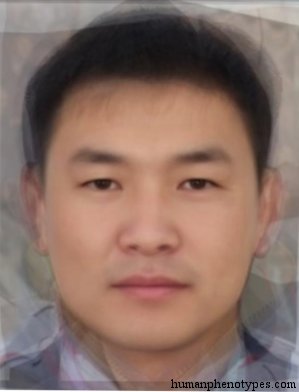Description:
Tungid variety of the vast Central Asian deserts and steppes, e.g. the Gobi and Southern Siberia. Developed in ancient stock-farming nomads and was found in Huns, Avars, and Mongols, who migrated West and produced Aralids, etc. Today most typical in the Buryat, Mongolians, Tuvins. Also in Yakut, South Altaians, even some Kazakhs, Evenk, Orochs, Japanese, Chinese, Miao, and Tibetans. During the 17th century Kalmyks brought it West to the Caspian Sea.Physical Traits:
Light yellowish-brown skin, coarse straight, rarely wavy hair. Medium height, macroskelic, endomorph. (Hyper)brachycephalic, chamaecranic, rather large-headed. Mildly leptorrhine. Flat, large and broad face, lips medium thick. Epicanthus and cheekbones strong, body hair rather weak.Literature:
Originally named Central Asiatic by Yarkho (1929), this was adopted by later authors (Cheboksarov, 1951; Biasutti, 1967; Alexeev, 1979). Levin (1963) describes it in highest detail, Eickstedt (1934) as a Buryat-Kalmyk Tungid subgroup. Lundman (1967) named it Gobid.







